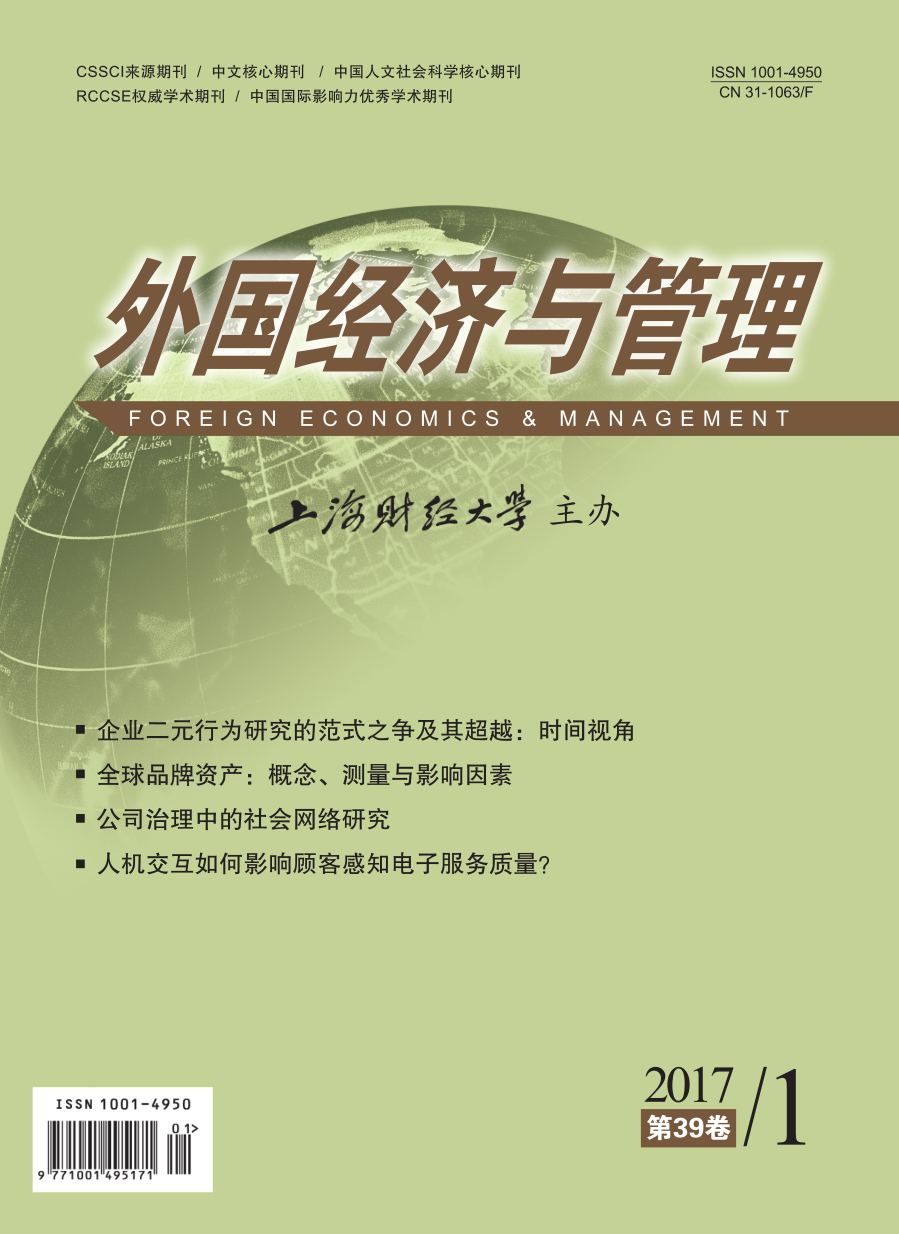Traditional corporate governance research is based on the economic man hypothesis of principal-agent theory, but the social networks which actors embedded in also exert influences on actors' decision-making behaviors. Compared with agent theory focusing on economic attributes, social network theory focusing on social attributes of actors opens up a new direction for corporate governance research. Based on the classification of internal and external governance mechanisms and current research accumulation, this paper firstly discusses three social networks in corporate governance, including board network, investor network and stakeholder network, elaborates the motivations for the construction of social networks, namely external institutional background and internal resource dependence, and defines the concept types & connection diversity of networks. Secondly, it pertinently retrieves domestic and foreign literature, uses CiteSpace to make a scientometrics analysis and hot topic exploration, and argues that compared with foreign research development, there is still a larger space for the development of social network research in corporate governance in China. Finally, based on the summary and comparison of existing research achievements, it points out the trend changes in ideas, possible methodology and content and provides suggestions and help for future research of social network mechanisms.
 / Journals / Foreign Economics & Management
/ Journals / Foreign Economics & ManagementForeign Economics & Management
JIN Yuying, Editor-in-Chief
ZhengChunrong, Vice Executive Editor-in-Chief
YinHuifang HeXiaogang LiuJianguo, Vice Editor-in-Chief
Social Networks in Corporate Governance: Comparative Analysis of Domestic and Foreign Literature Based on Scientometrics
Foreign Economics & Management Vol. 39, Issue 01, pp. 68 - 83 (2017) DOI:10.16538/j.cnki.fem.2017.01.006
Abstract
References
Abstract
Keywords
Cite this article
Li Wei'an, Qi Lujun. Social Networks in Corporate Governance: Comparative Analysis of Domestic and Foreign Literature Based on Scientometrics[J]. Foreign Economics & Management, 2017, 39(1): 68–83.
Export Citations as:
For
ISSUE COVER
RELATED ARTICLES




 9403
9403  10504
10504

